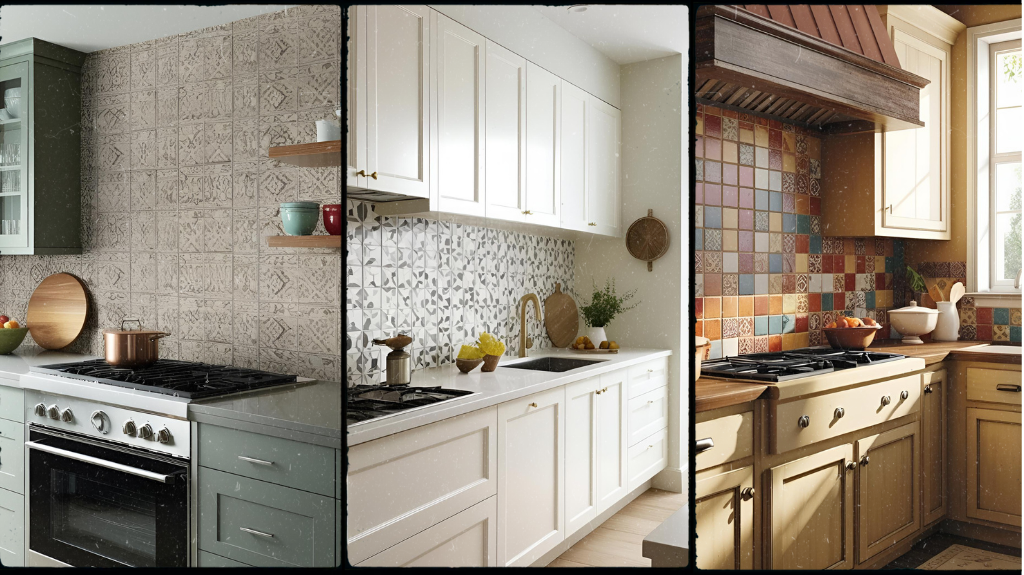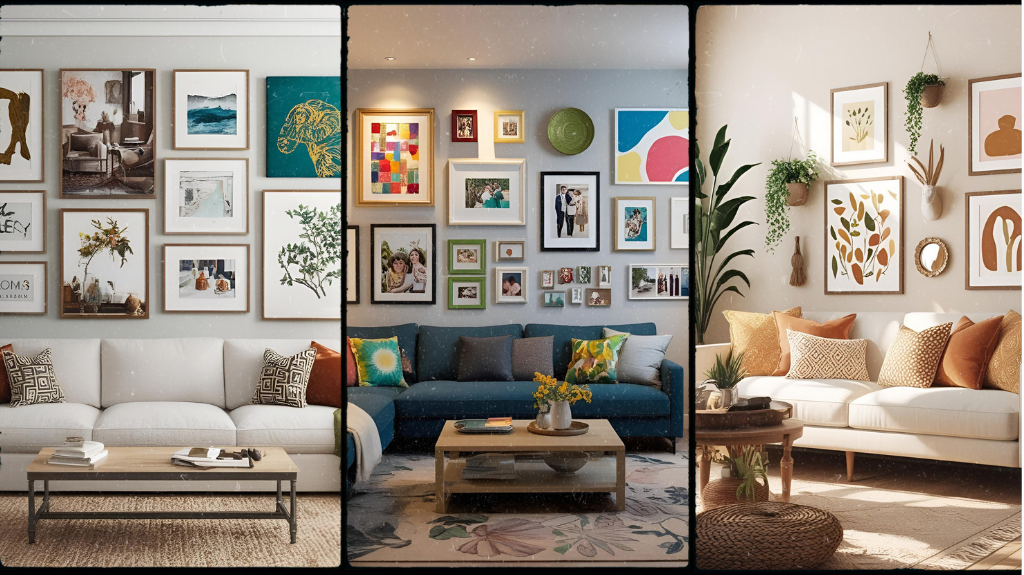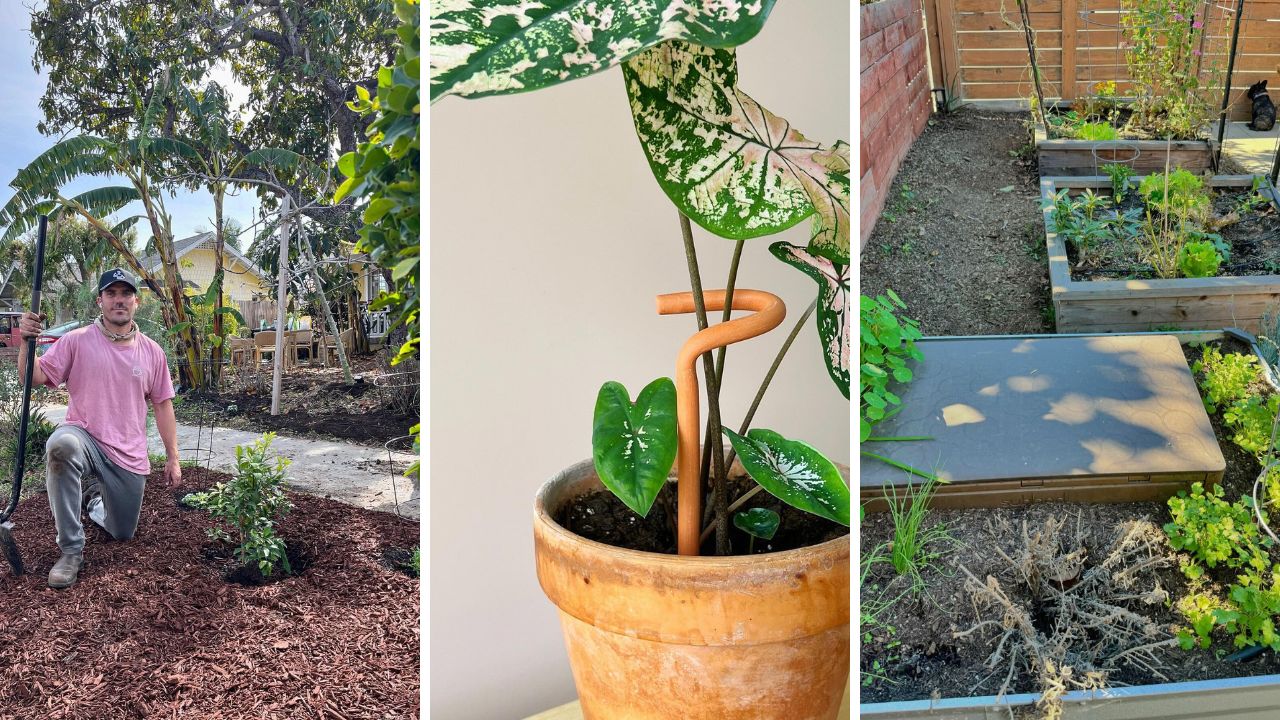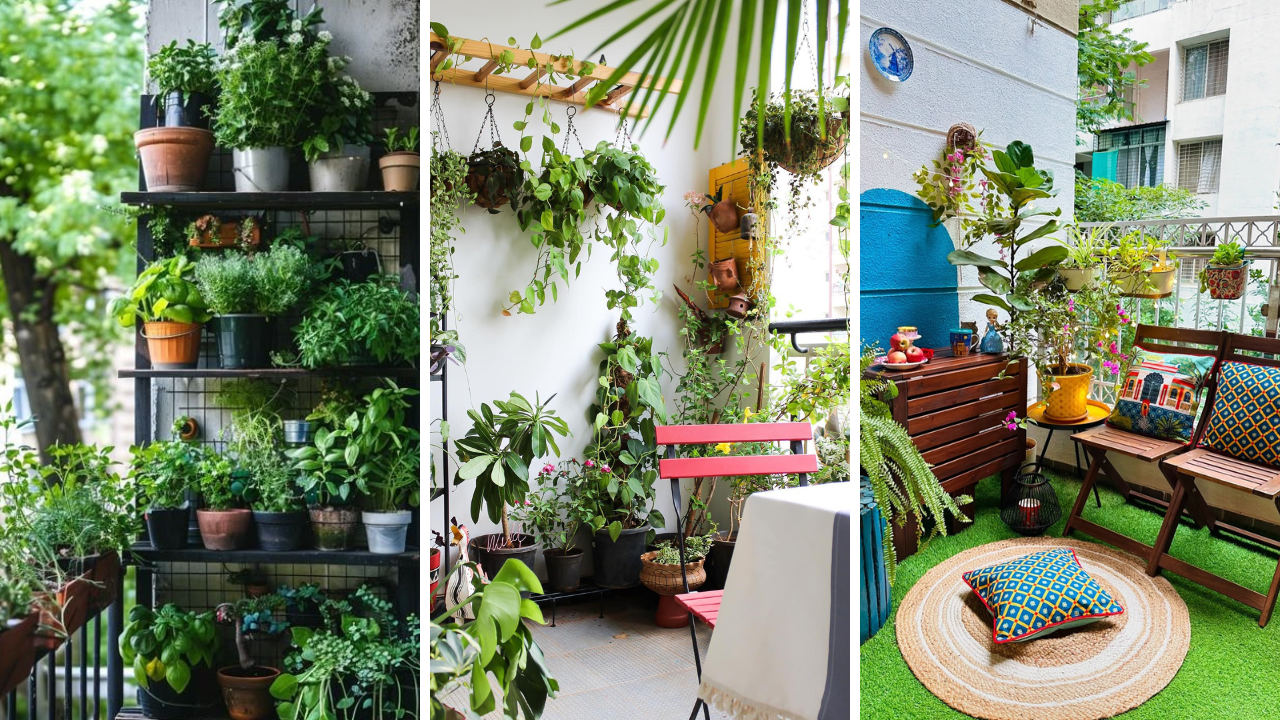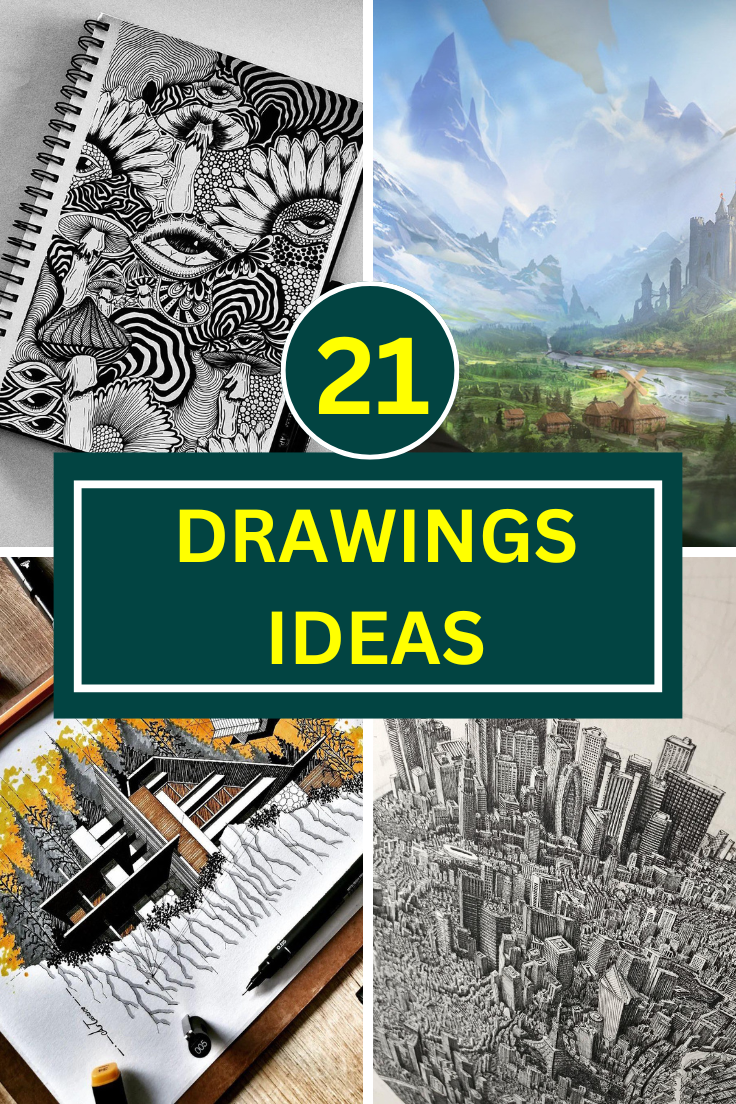
Drawing is one of the most fulfilling and relaxing hobbies you can enjoy, whether you’re a seasoned artist or just starting. It’s a creative outlet that allows you to express emotions, sharpen your observation skills, and bring your imagination to life. The beauty of drawing is that you don’t need expensive tools to begin—just a pencil and paper. But if you’re looking to refine your craft or gift someone who loves art, the right supplies can make all the difference. Whether you’re seeking inspiration for your next masterpiece, want to improve your technique, or need fresh ideas to overcome artist’s block, this list of 21 drawing ideas will spark your creativity and challenge you to try something new. From realistic sketches to whimsical doodles, these ideas will keep you engaged, motivated, and excited to draw.
1. Botanical Line Art
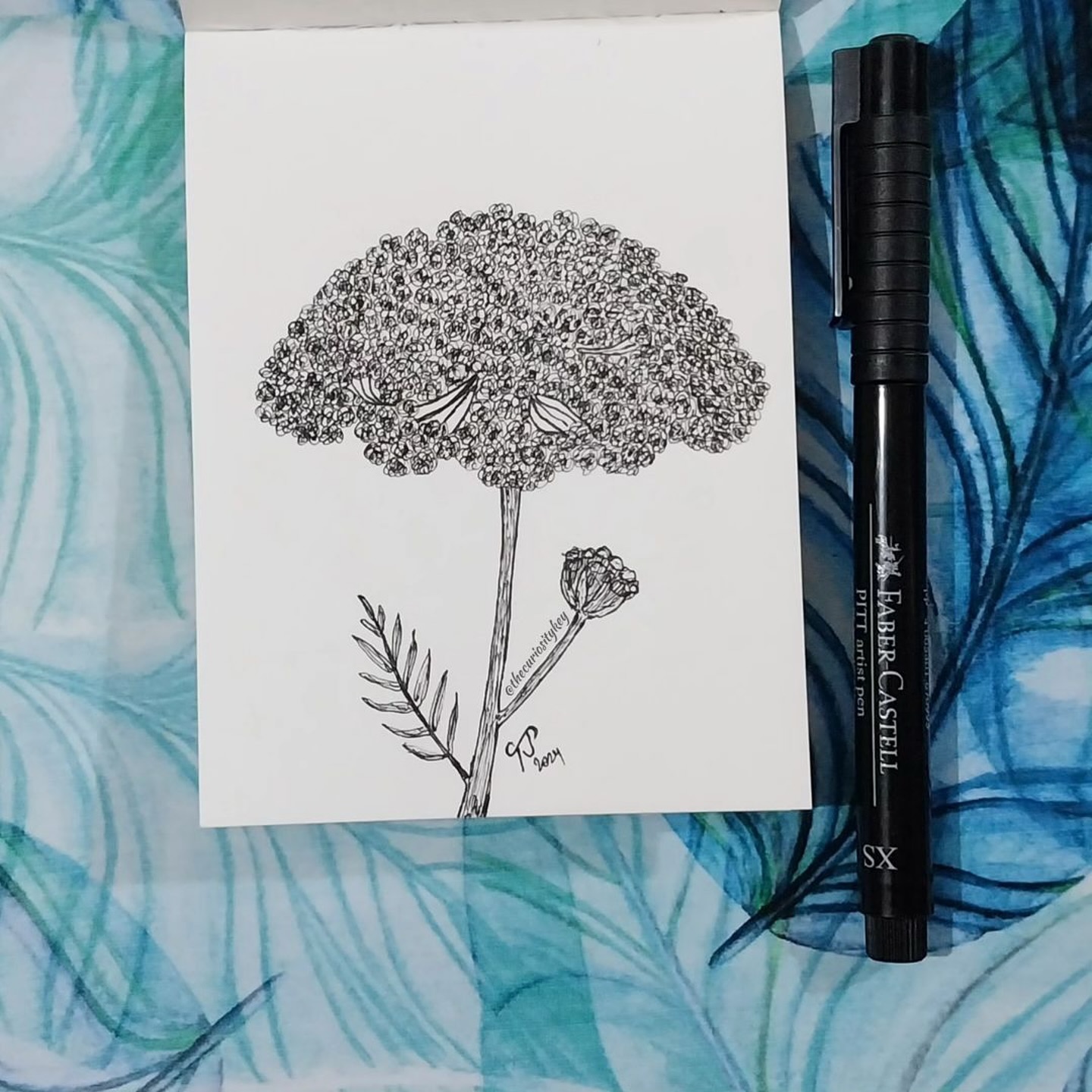
source @botanicallinedrawing
If you love the beauty of nature, botanical line art is a perfect place to start. This style is all about capturing the essence of plants and flowers using clean, minimalistic lines. Unlike detailed botanical illustrations, line art focuses on the form and silhouette of leaves, petals, and stems, creating an elegant and modern aesthetic. You can experiment with different compositions, from single-stem flowers to intricate bouquets. A fine-tip pen, such as a Micron Pen Set, is essential for achieving crisp and precise lines. These pens come in various nib sizes, allowing you to vary line thickness and add delicate details. Botanical line art is perfect for decorating journals, greeting cards, or even framed wall art. The best part? You don’t need advanced drawing skills—just observe nature’s shapes and let your hand flow.
2. Fantasy Creatures
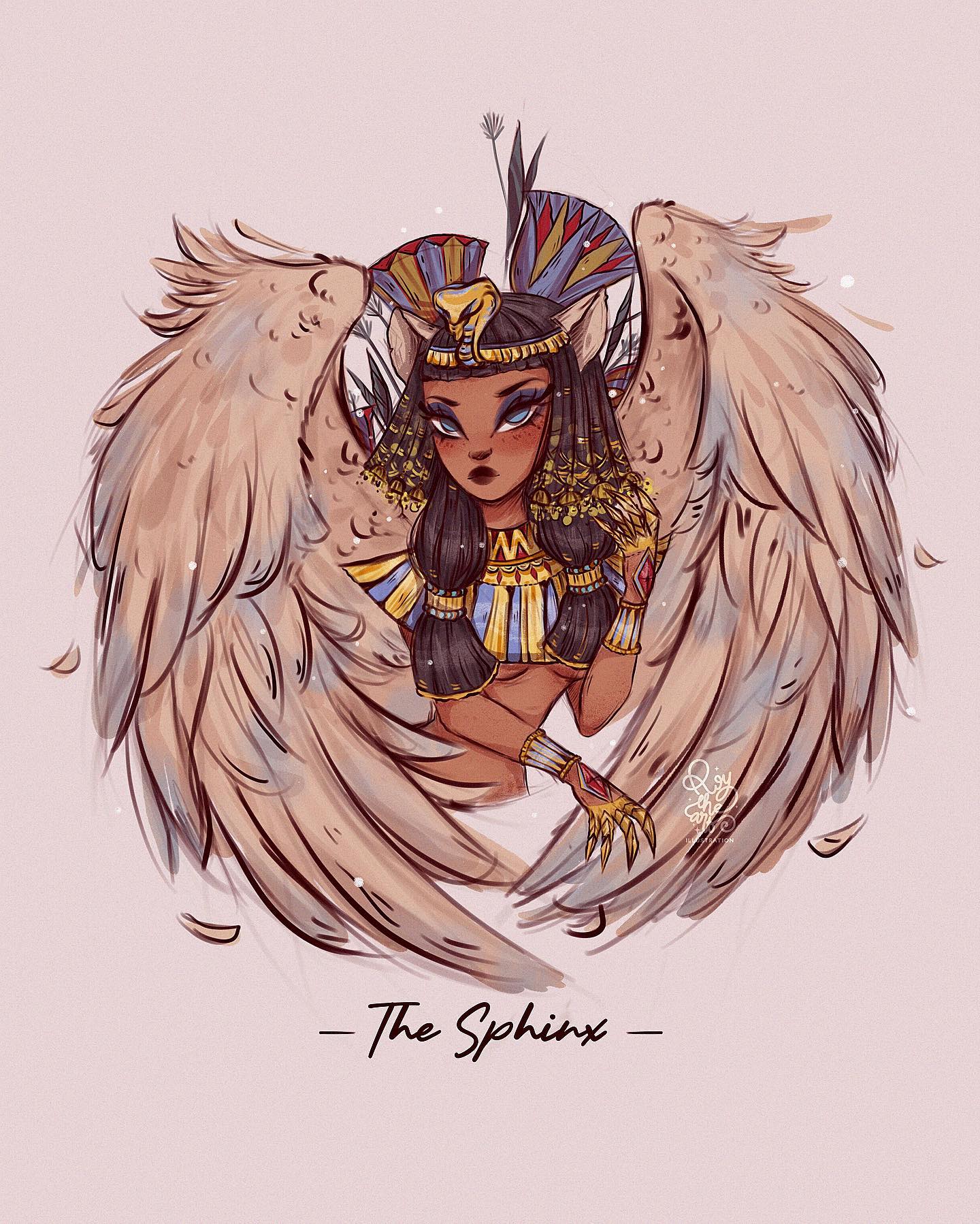
source @roytheart_
Fantasy creatures allow you to step into a world where the only limit is your imagination. Whether you dream of drawing majestic dragons, enchanting fairies, or completely original hybrid creatures, this category offers endless possibilities. To make your fantasy creatures more believable, study real-life animal anatomy and combine elements from different species. For instance, give a bird’s wings to a feline body or merge a horse’s legs with a serpent’s tail. A set of colored pencils, like Prismacolor, helps bring your designs to life with smooth shading and vibrant hues. If you’re looking for inspiration, mythology, folklore, and fantasy novels are rich sources of ideas. Sketching fantasy creatures isn’t just fun—it’s a great way to practice dynamic poses, textures, and intricate details.
3. Portrait Sketching
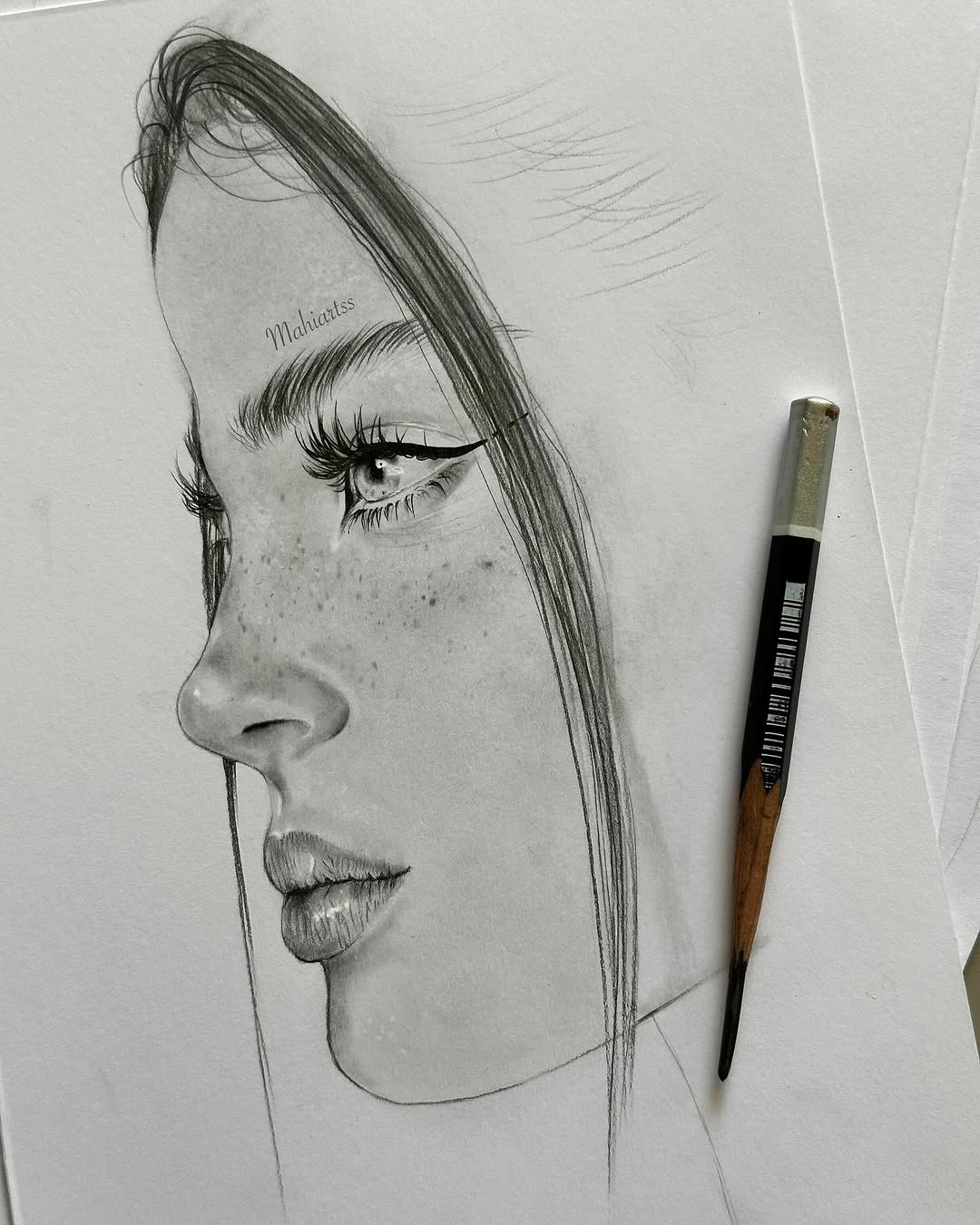
source @mahiartss
Drawing realistic portraits can be one of the most rewarding challenges for an artist. Faces are expressive and full of subtle details, from the curve of a smile to the intensity of the eyes. When starting, focus on the proportions—use light pencil guidelines to map out the face’s structure. Pay close attention to shading, as it brings depth and realism to your sketches. A graphite sketching set with different pencil hardness levels will help you achieve soft blending and sharp details. If you’re new to portraits, practice by sketching faces from reference photos or even using a mirror for self-portraits. With patience and practice, you’ll develop the skill to capture emotions and likeness with remarkable precision.
4. Doodle Art
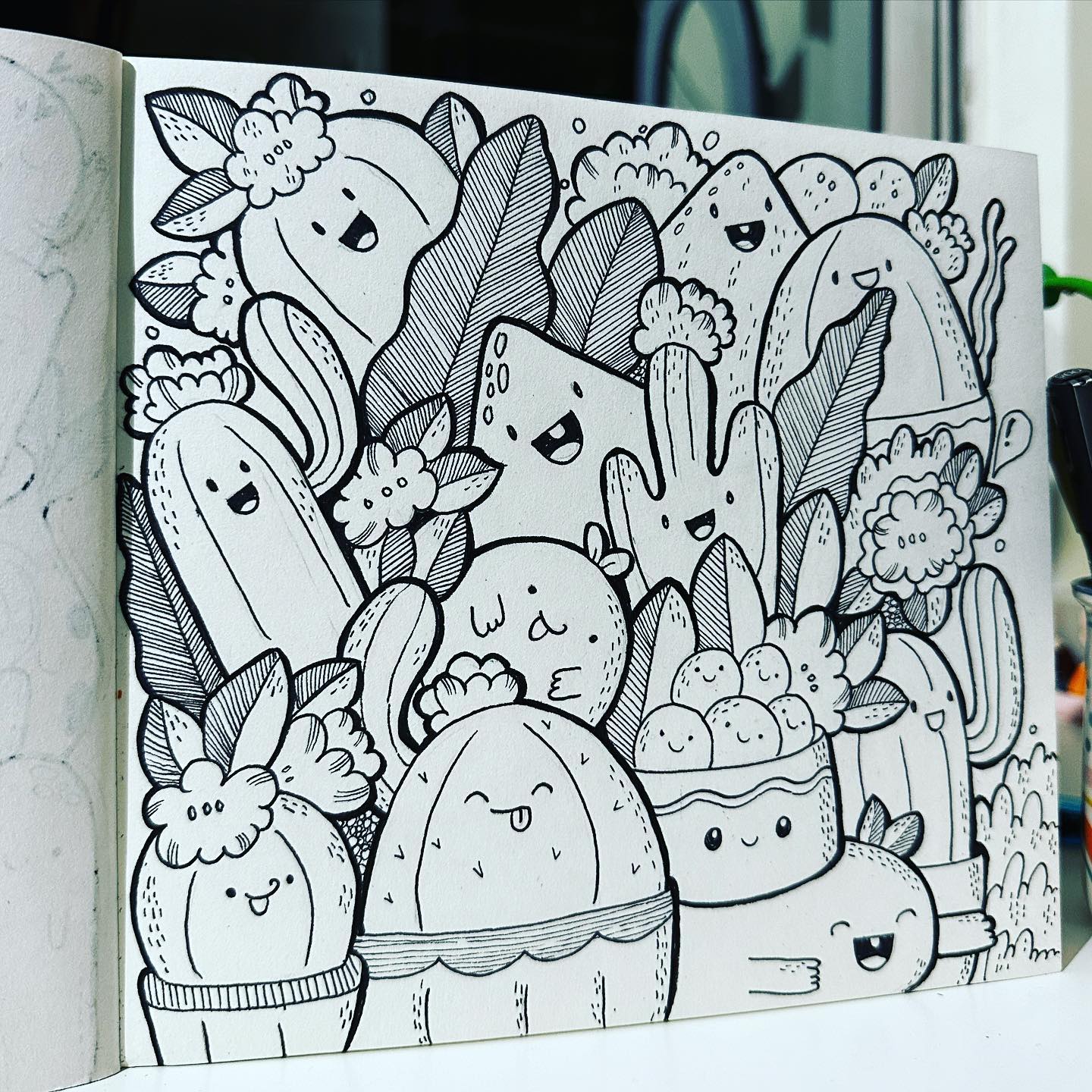
source @vinnies_doodle_world
Doodle art is one of the most freeing forms of drawing because there are no rules. Whether you’re absentmindedly scribbling while on a phone call or intentionally creating a themed doodle page, this style allows for pure creativity. You can make abstract shapes, repetitive patterns, or mini characters with expressive faces. Some artists even fill entire pages with intricate doodles, turning them into visually stunning compositions. Using black ink pens or gel pens can add crisp contrast, while colored markers can make your designs pop. Doodling is a great stress reliever and an excellent way to fill your sketchbook when you’re unsure what to draw next.
5. Cityscape Sketches
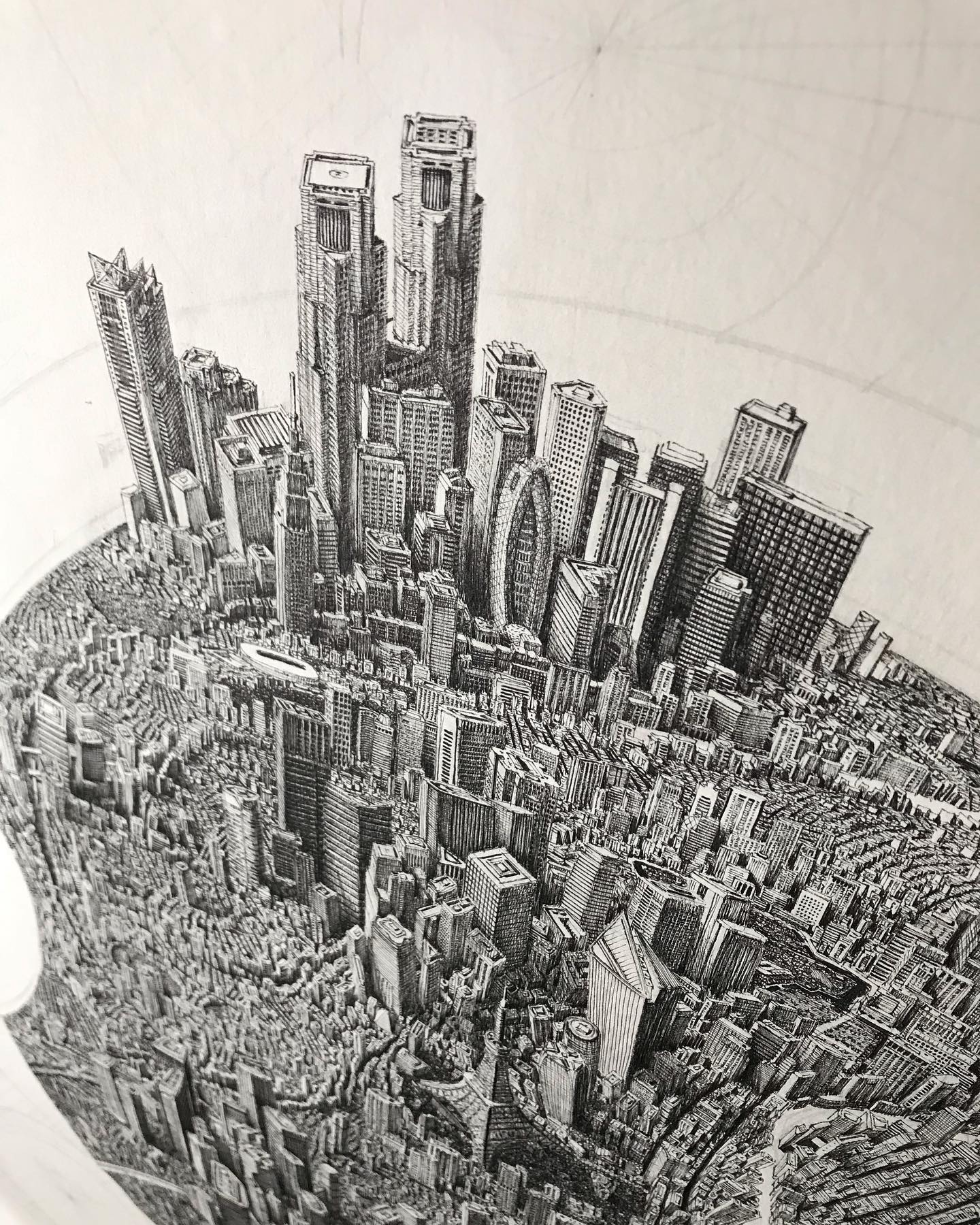
source @ibensack
Urban scenes are full of fascinating details—tall skyscrapers, charming old buildings, bustling streets, and tiny architectural flourishes that often go unnoticed. Sketching cityscapes allows you to play with perspective, lighting, and composition. Start with a basic horizon line and vanishing points to establish perspective before adding details like windows, doors, and street signs. Fine-tip architectural drawing pens or mechanical pencils are great for precise line work. Whether you prefer sketching real locations or imagining futuristic cities, this exercise enhances your ability to observe and replicate intricate structures.
6. Animal Illustrations
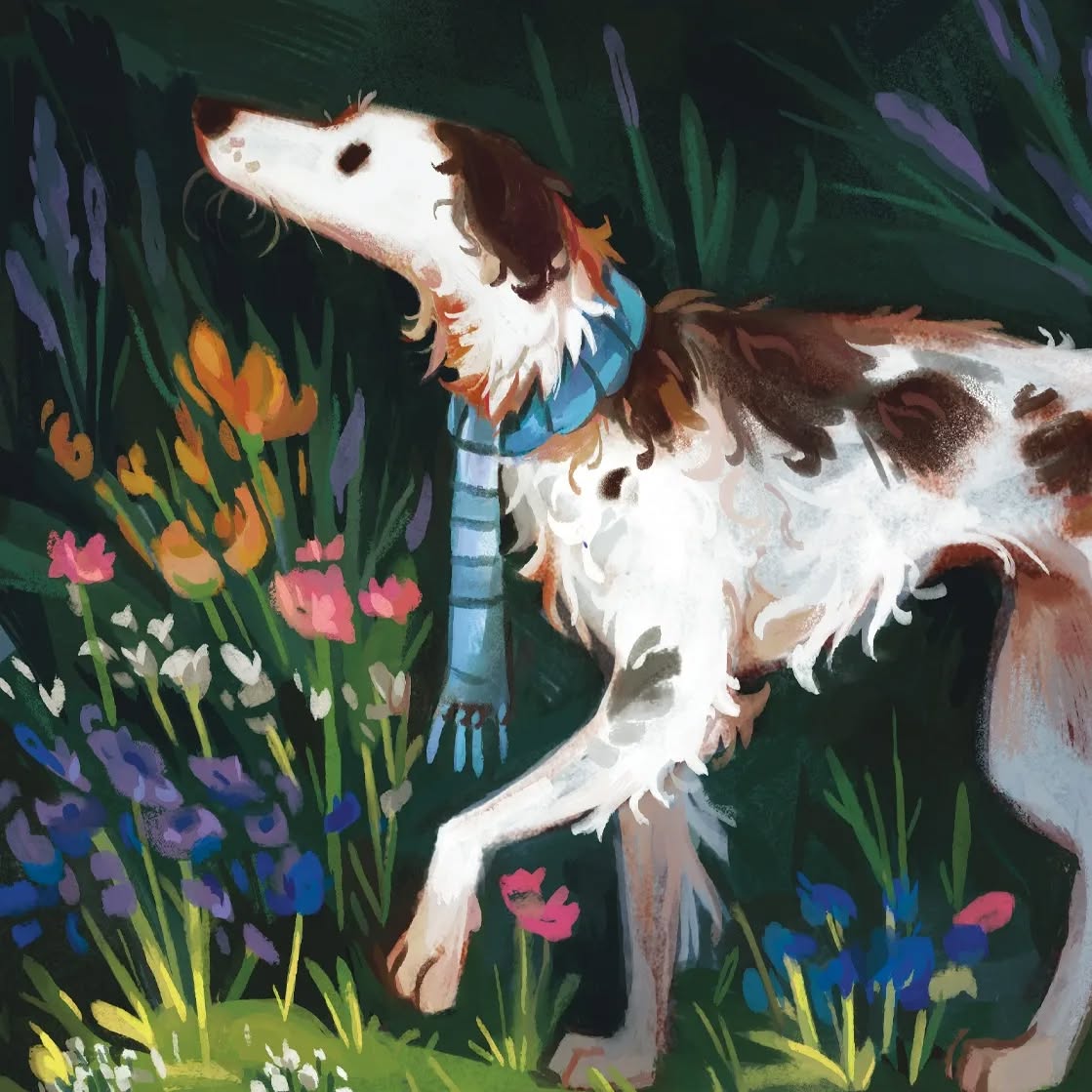
source @jelarts
Animals are wonderful subjects for practicing texture, movement, and anatomy. Whether you want to sketch a majestic lion, a playful puppy, or a graceful bird, animal illustrations challenge you to capture fur, feathers, and unique body shapes. To make your drawings more lifelike, study reference images and break the forms down into basic shapes before adding details. A sketchbook with textured paper can enhance shading effects, making your fur or scales appear more natural. Using soft graphite pencils or charcoal pencils can create dramatic contrasts that add depth to your animal portraits.
7. Watercolor Doodles
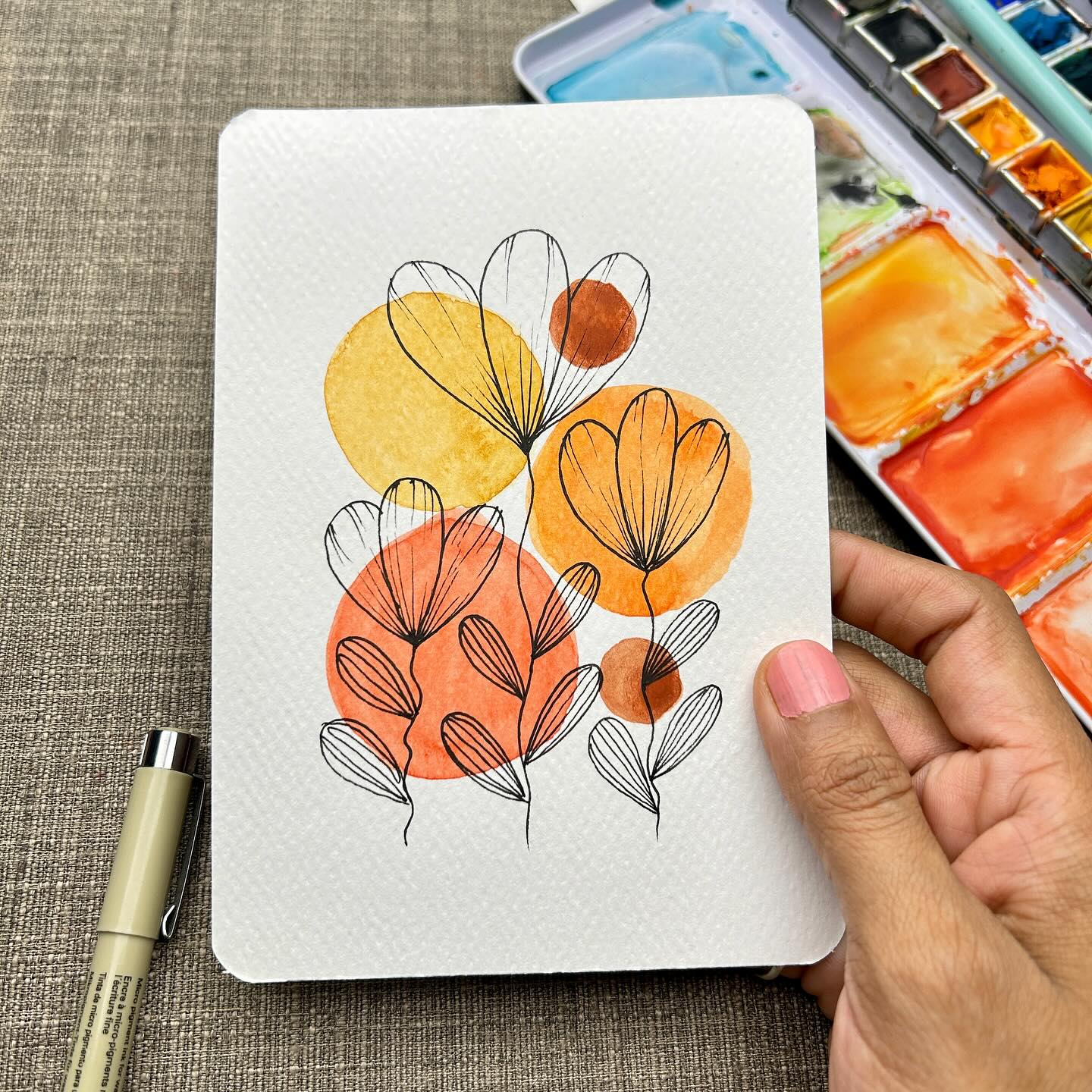
source @artsybeats
Combining drawing with watercolor painting creates a beautiful mixed-media effect. Start with a simple pen or pencil sketch, then layer soft watercolor washes over your design. This technique works well for florals, whimsical landscapes, and even abstract doodles. A set of watercolor brush pens makes it easy to blend colors without needing a full paint setup. The unpredictability of watercolor adds a dreamy and artistic touch to your drawings, making every piece unique.
8. Mandala Patterns
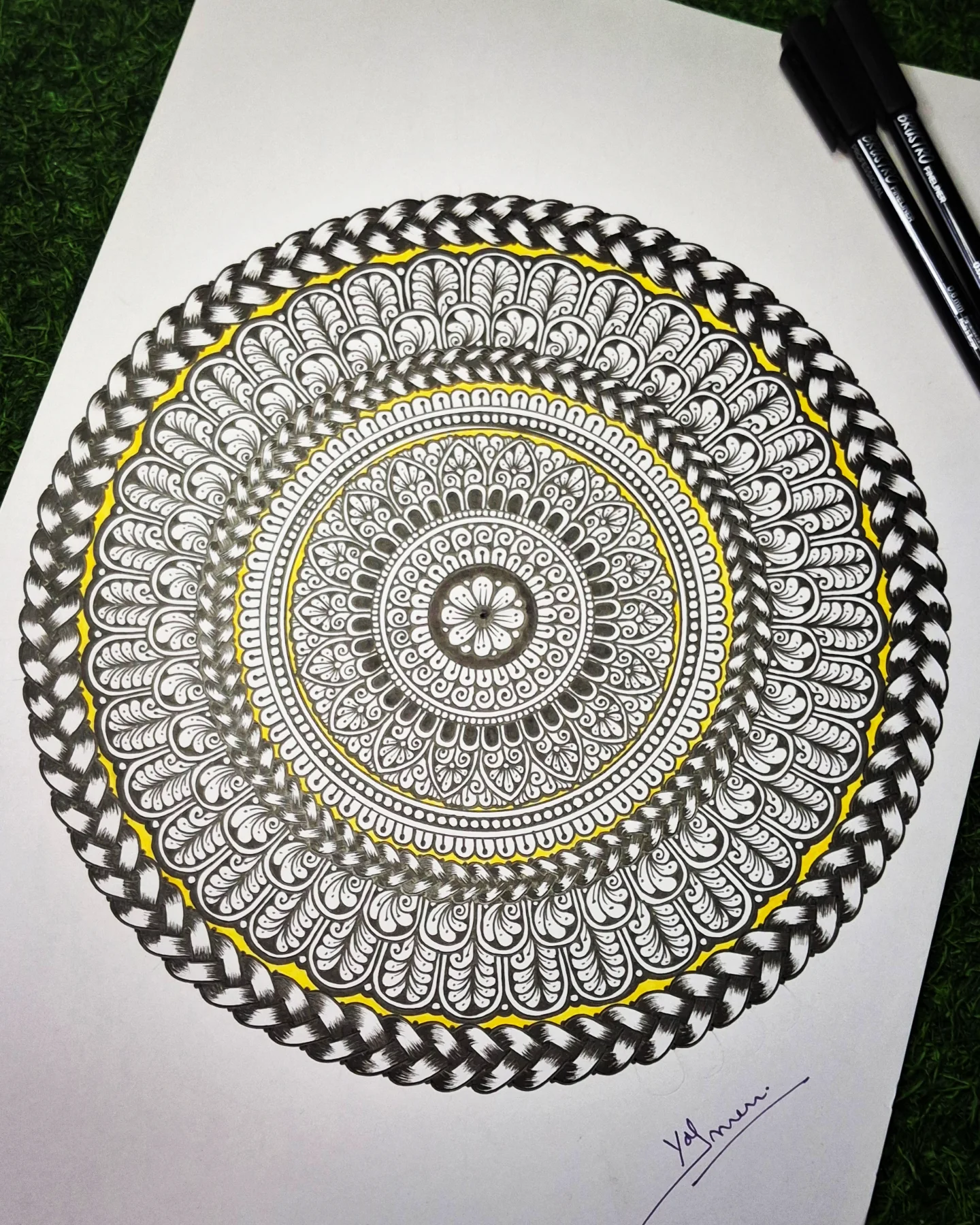
source @mandalabyyasifu
Drawing mandalas is not only visually appealing but also a meditative process. These symmetrical, circular designs are built from repeating patterns, often inspired by nature and spiritual symbols. Start by lightly sketching a grid to guide your design, then gradually build outward with geometric shapes, floral motifs, or intricate lines. A mandala drawing kit with fine-tip pens and compass tools can help you create precise designs. This type of drawing is excellent for relaxation and mindfulness, as it allows you to focus on patterns while calming your mind.
9. Cartoon Characters
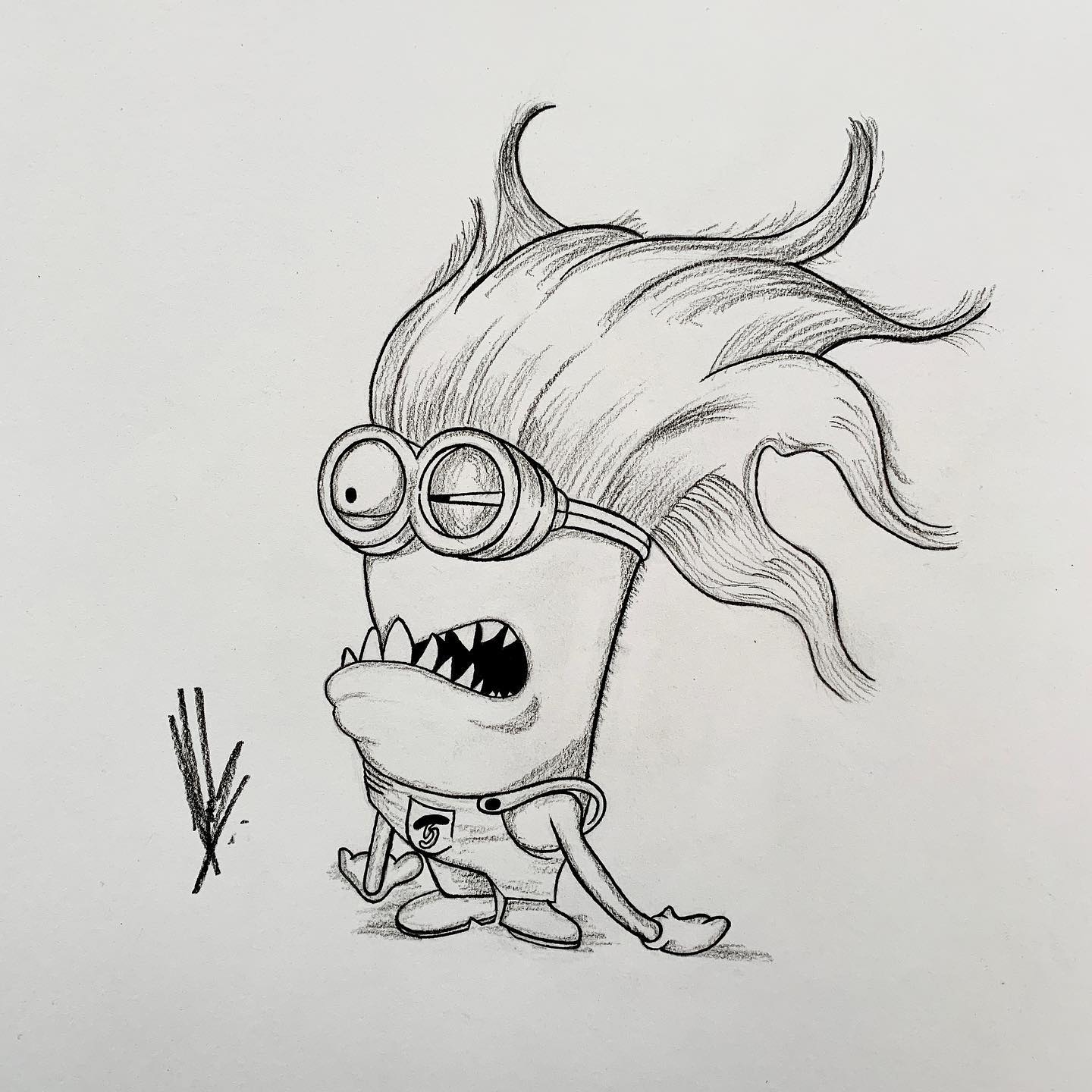
source @easypencil
Cartooning is an exciting way to develop a unique artistic style. Whether you want to draw classic animated characters or invent your own, cartoon art focuses on exaggerated expressions, simplified forms, and dynamic poses. Start with basic shapes to structure your characters before refining their features and clothing. A set of sketch markers helps bring your cartoons to life with vibrant colors. If you’re interested in animation, try creating a simple comic strip with a short storyline.
10. Optical Illusions
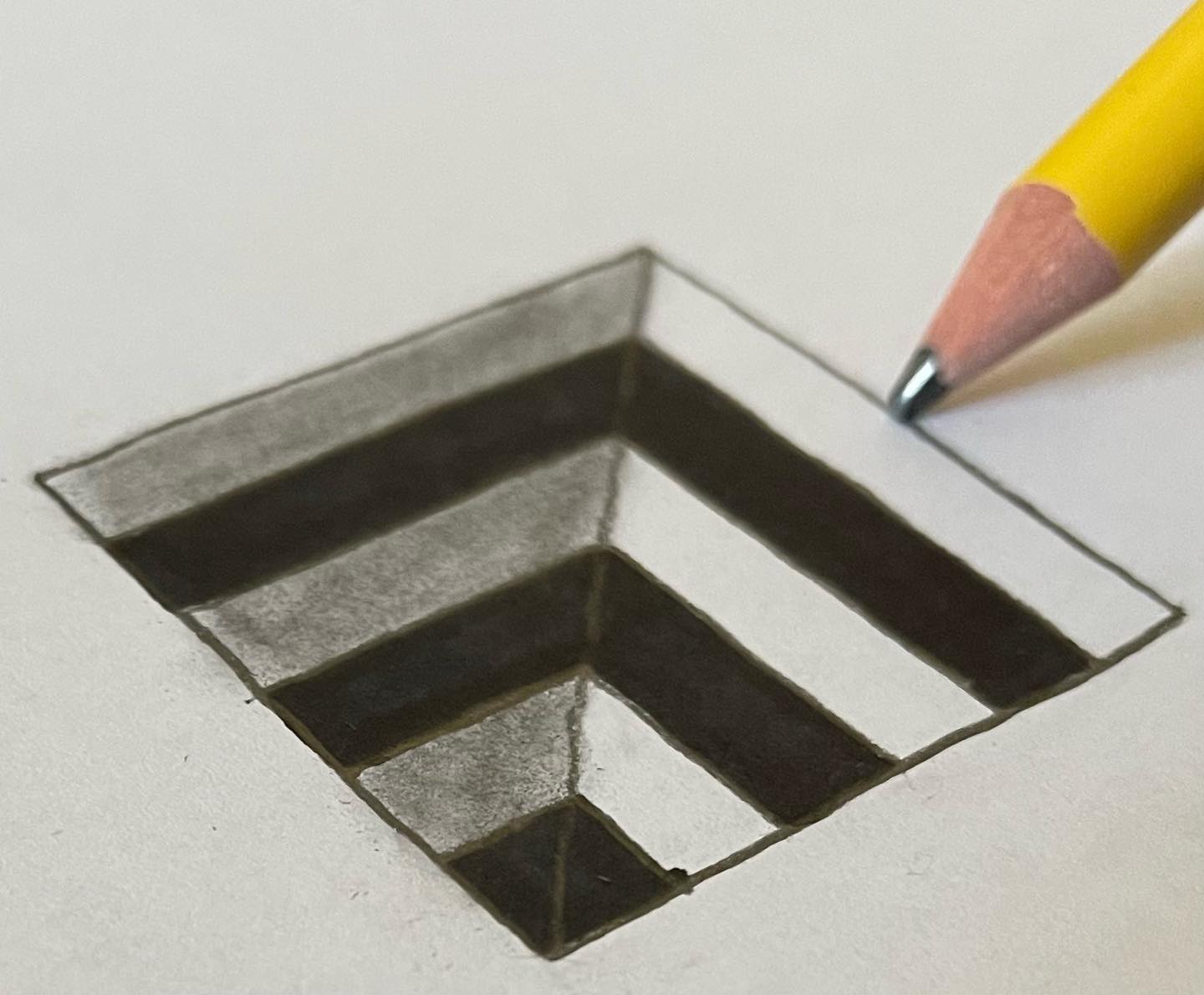
source @crow_the_bird280
Optical illusions challenge viewers to see depth, movement, or hidden images within a drawing. These illusions often rely on precise line work, shading, and geometric patterns to trick the eye. One popular technique is drawing a 3D handprint by tracing your hand and adding curved horizontal lines that give the appearance of depth. A graphite pencil set with various hardness levels is ideal for achieving smooth gradients that enhance the illusion effect.
11. Still Life Composition
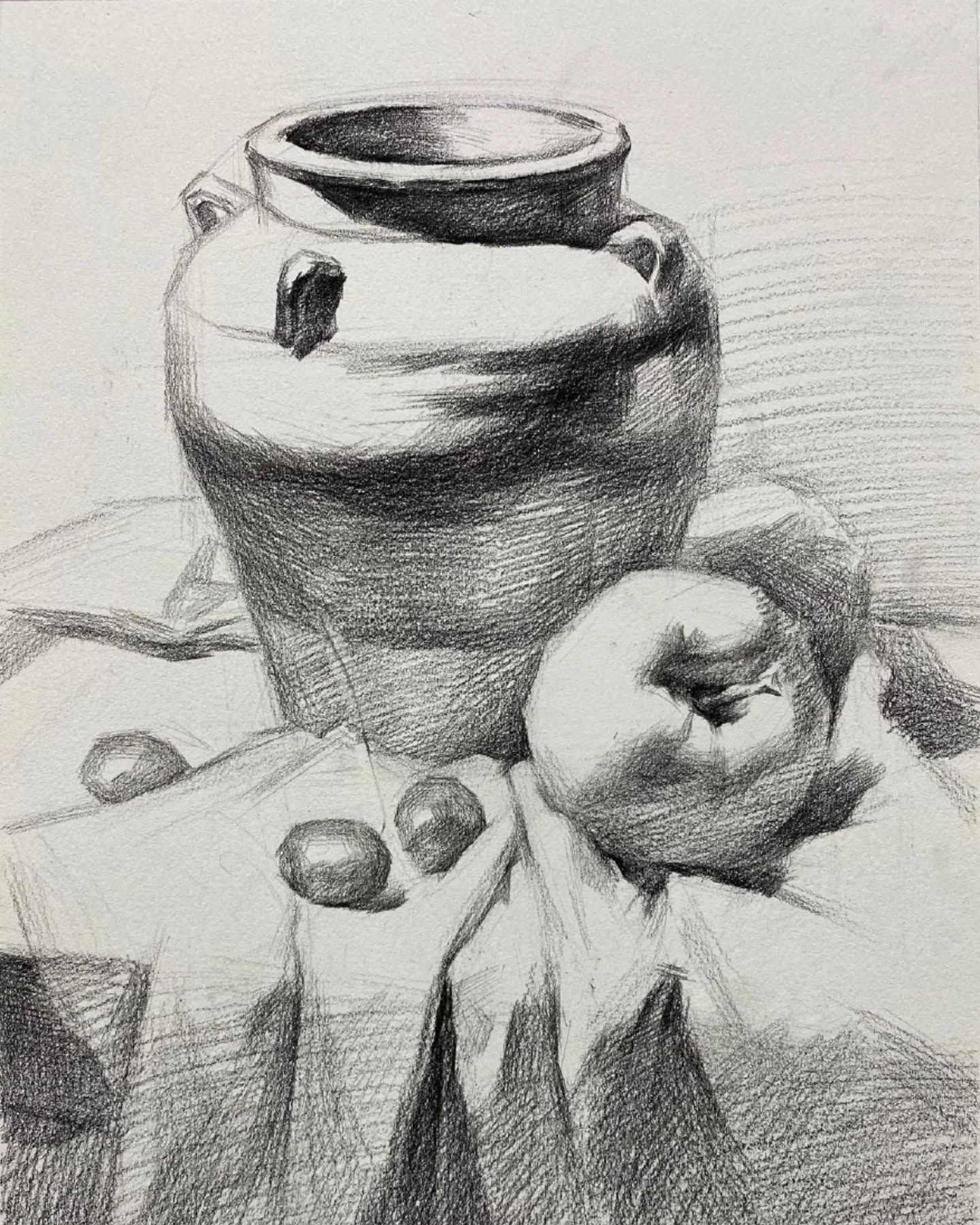
source @academic_drawing_study
Still life drawing is a fundamental practice that improves your observation skills, shading techniques, and composition abilities. It involves sketching inanimate objects arranged in a visually appealing way, such as a bowl of fruit, a stack of books, or an arrangement of household items. The key to a successful still life is lighting—positioning a lamp to cast dramatic shadows adds depth and realism. Beginners should start with simple objects before advancing to more complex compositions. A sketching set with graphite pencils, blending stumps, and erasers is essential for capturing the delicate variations in tone and texture. This practice sharpens your attention to detail and helps build confidence in realistic drawing.
12. Fantasy Landscapes
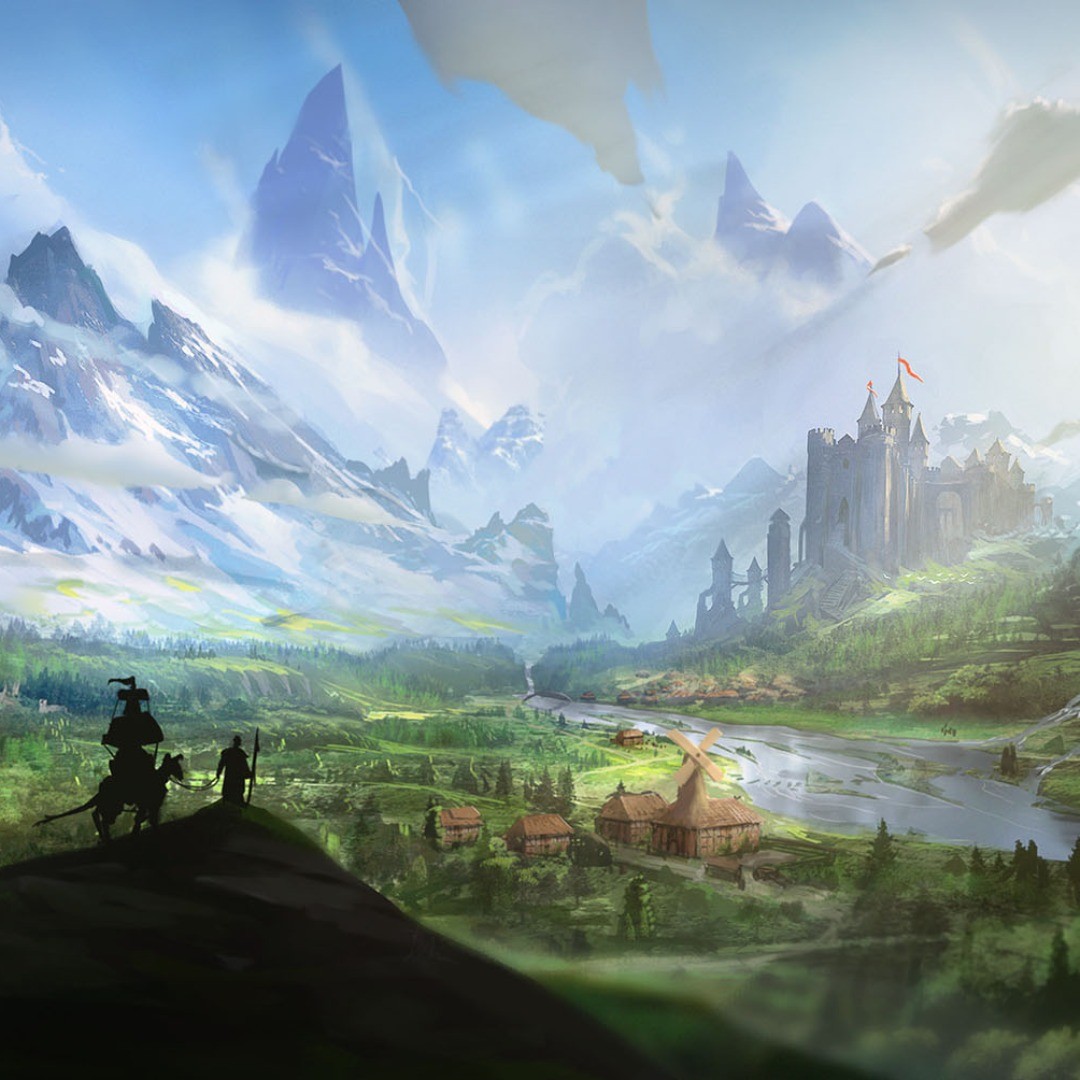
source @artofbrentminehan
Why stick to real-world landscapes when you can create entire fantasy realms? Sketching fantasy landscapes allows you to let your imagination run wild, designing towering castles in the clouds, mysterious enchanted forests, or alien planets with floating islands. Perspective and depth are key elements in making these scenes feel immersive. Using soft pastels or colored pencils helps add rich textures and atmospheric effects to your compositions. Start by sketching basic outlines, then build upon them with details like magical creatures, glowing elements, or ancient ruins. Drawing fantasy landscapes is not just an artistic exercise—it’s storytelling on paper.
13. Gothic and Dark Art
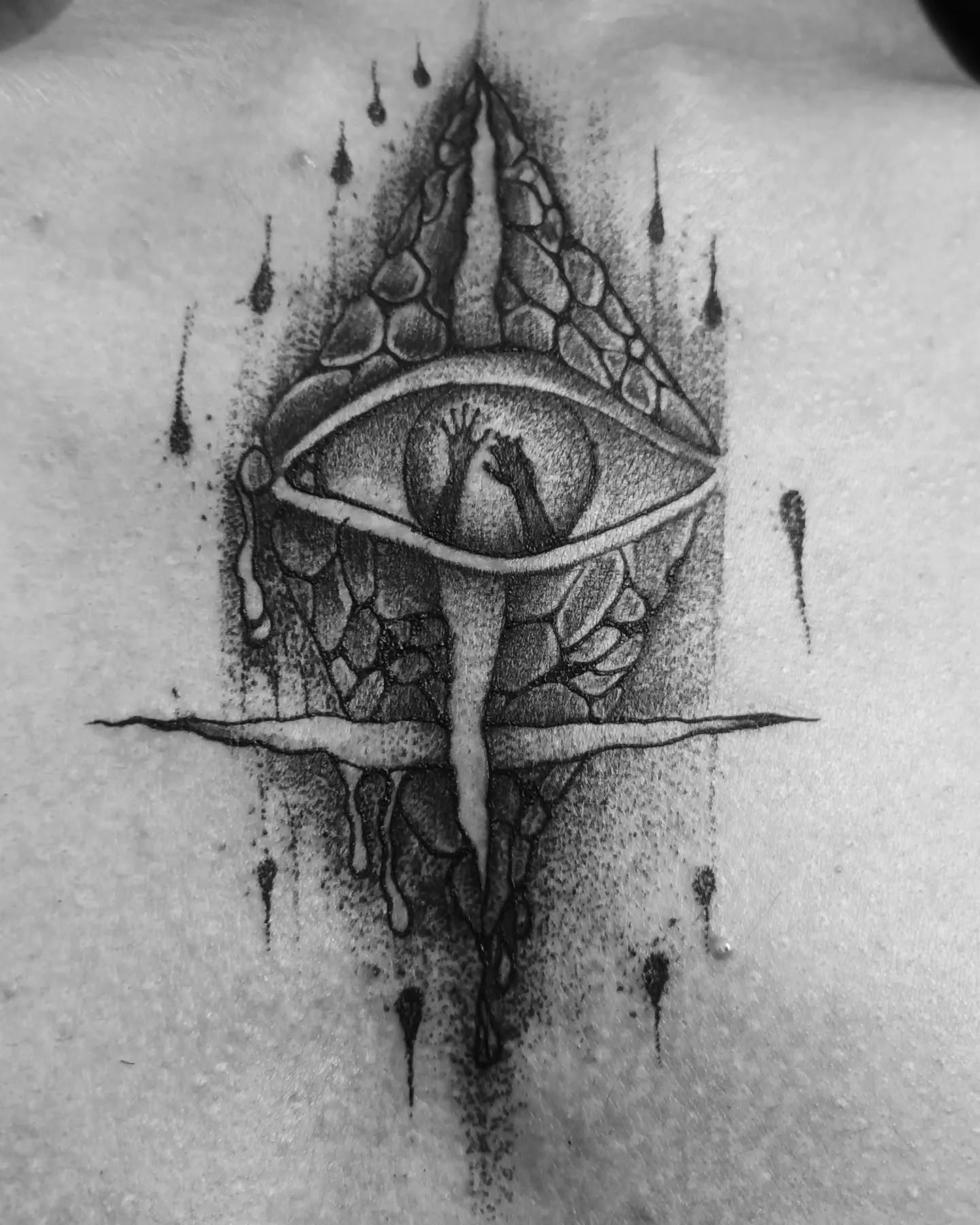
source @666_schizo
For those drawn to moody and mysterious aesthetics, gothic and dark art offers a unique avenue for creative expression. This style often features eerie elements such as skulls, ravens, abandoned castles, or ghostly figures, relying heavily on contrast and shadow. A set of charcoal pencils is ideal for achieving deep blacks and soft blending effects, giving your artwork a hauntingly beautiful quality. Gothic art can range from intricate pen-and-ink designs to highly detailed, shaded pieces that evoke a sense of mystery. Experimenting with lighting, textures, and dramatic compositions helps bring your dark visions to life.
14. Chibi Character Designs
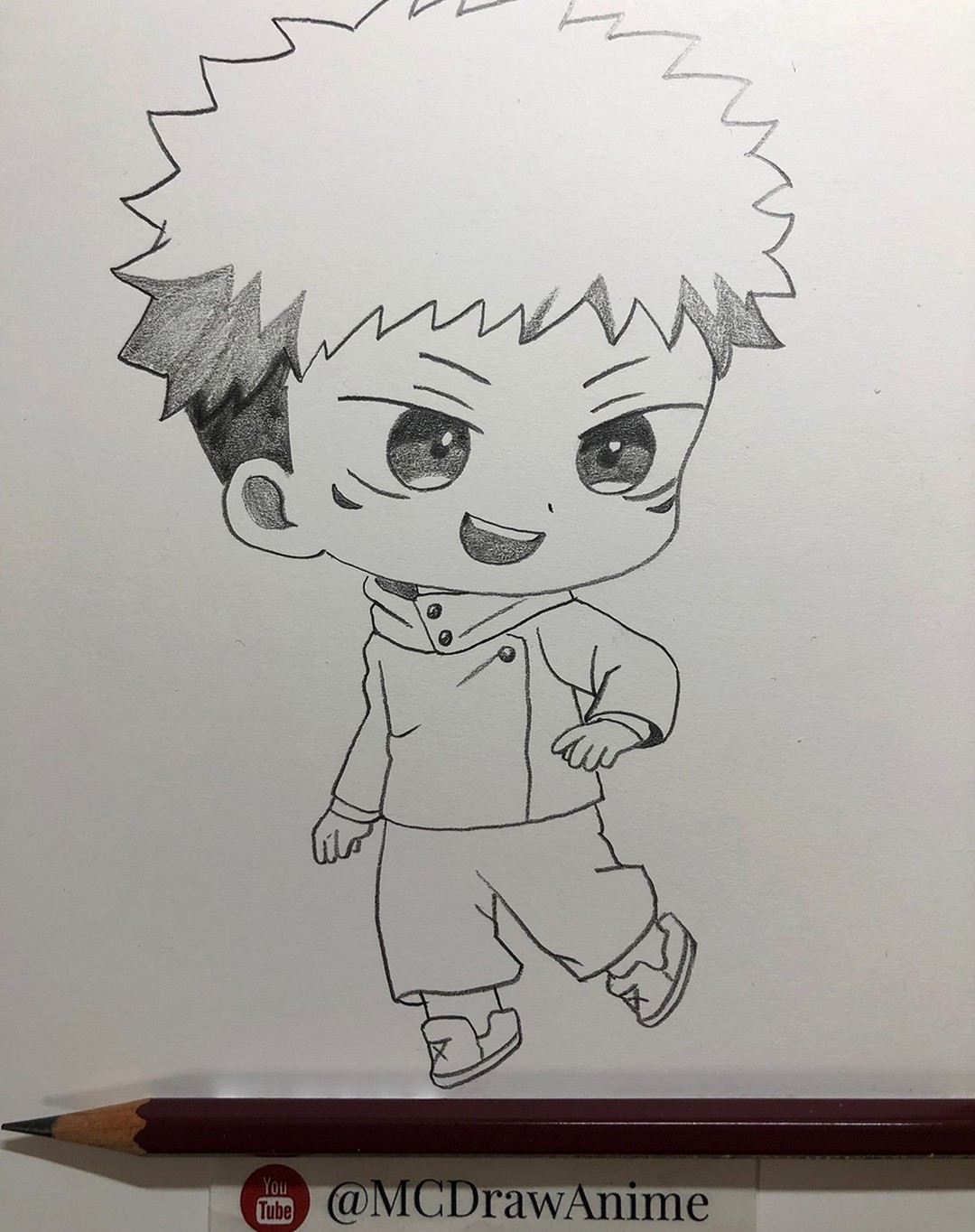
source @mcdrawanime
Chibi characters, a popular Japanese-style art form, feature small, exaggerated bodies with large heads and expressive faces. These adorable figures are fun to create and perfect for beginners interested in anime or manga. The key to drawing chibis is simplifying facial features while emphasizing cuteness through rounded shapes and oversized eyes. A set of fine liners and alcohol-based markers can help add bold outlines and smooth color transitions. Chibi drawings are great for personalizing greeting cards, stickers, or even designing your own comic strip.
15. Abstract Line Drawings
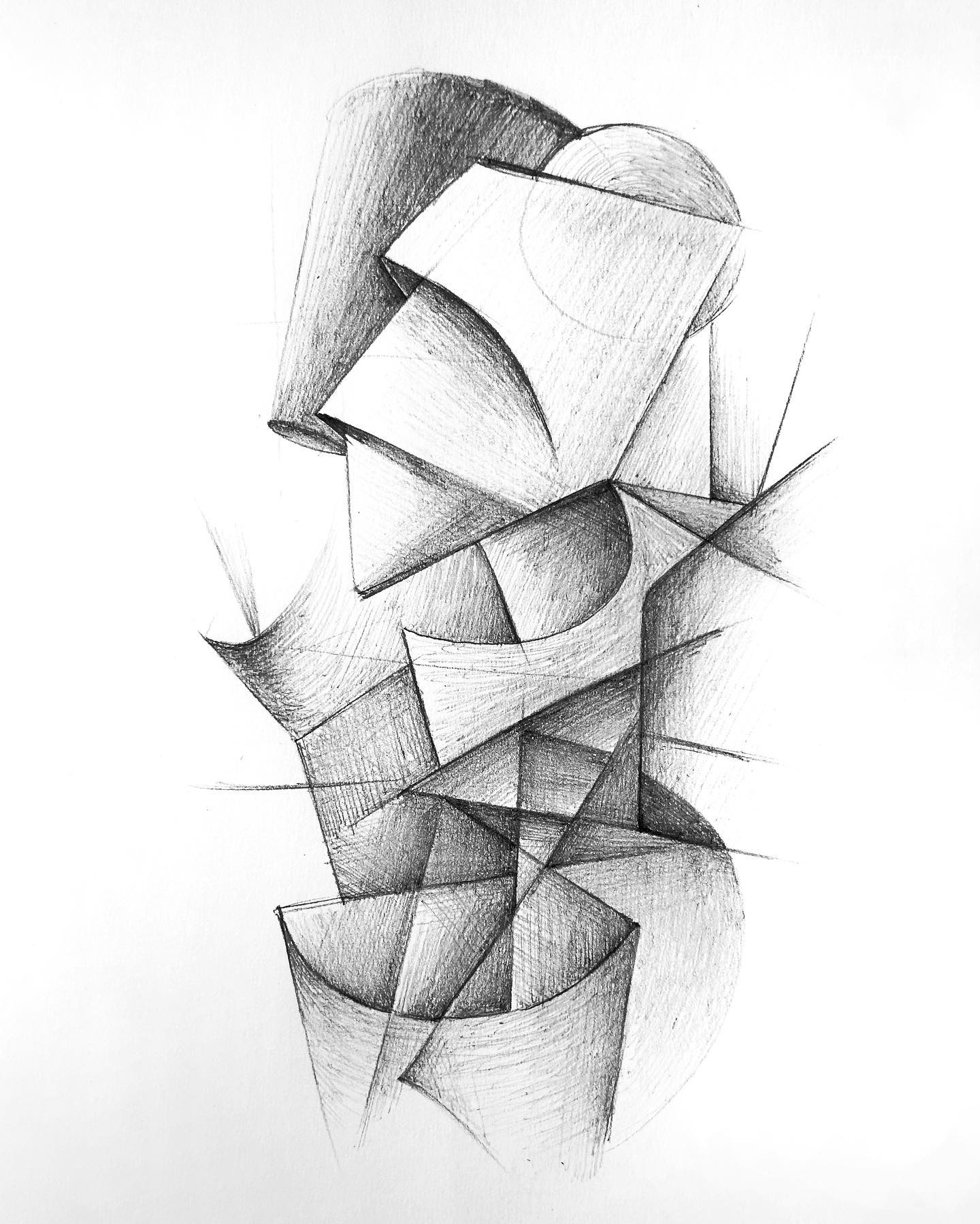
source @j.a.d.o.k.a.r
Abstract art frees you from the constraints of realism, allowing you to experiment with flowing lines, geometric shapes, and bold patterns. This style is particularly popular in modern decor, as it creates eye-catching visuals without being overly complex. Using brush pens or ink markers, you can develop unique compositions that focus on movement and contrast. Abstract drawings can be completely intuitive—let your hand move freely across the page without overthinking. The result is often a stunning, contemporary piece that reflects emotion and personal expression.
16. Hand Lettering and Calligraphy
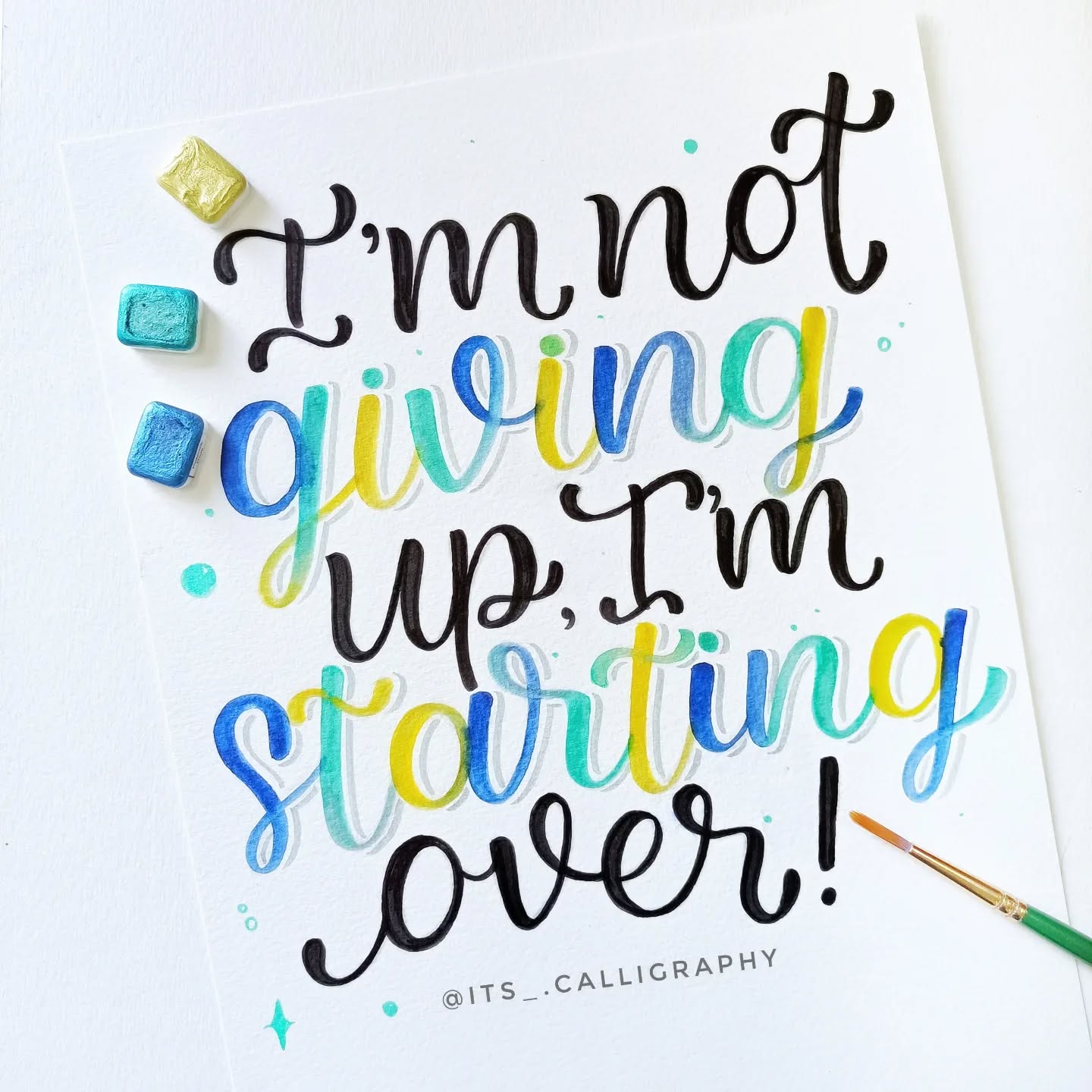
source @its_.calligraphy
Drawing doesn’t always have to involve pictures—lettering and calligraphy are art forms in their own right. Hand lettering involves creating stylized words and phrases with unique fonts, embellishments, and flourishes. Whether you want to design a motivational quote for your workspace or craft a personalized greeting card, mastering this skill is both fun and rewarding. A set of brush pens is a great investment for learning different lettering techniques, from bold script to elegant cursive. Practicing hand lettering improves your control over pen strokes and helps you develop a personalized artistic style.
17. Surrealist Art
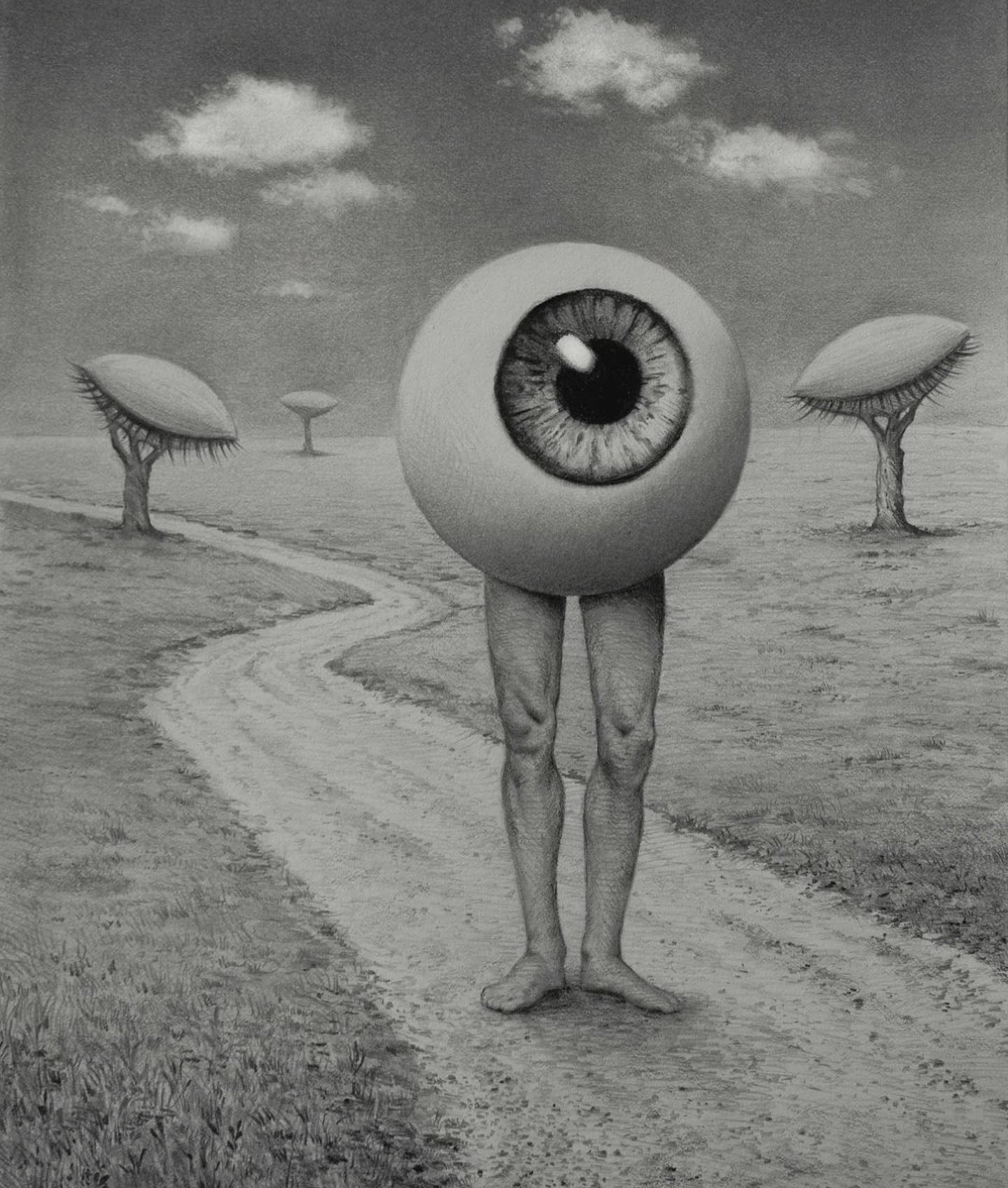
source @ilovesurrealart
Surrealism is all about bending reality and exploring dreamlike imagery. This style often combines unrelated elements into bizarre and thought-provoking compositions—think melting clocks, floating islands, or human figures transforming into trees. To create surreal artwork, start by brainstorming unexpected visual combinations, then sketch your ideas using soft graphite pencils for shading and depth. This form of art challenges your creativity and pushes the boundaries of imagination, making it a fantastic exercise for artists looking to explore new concepts.
18. Gesture Drawing
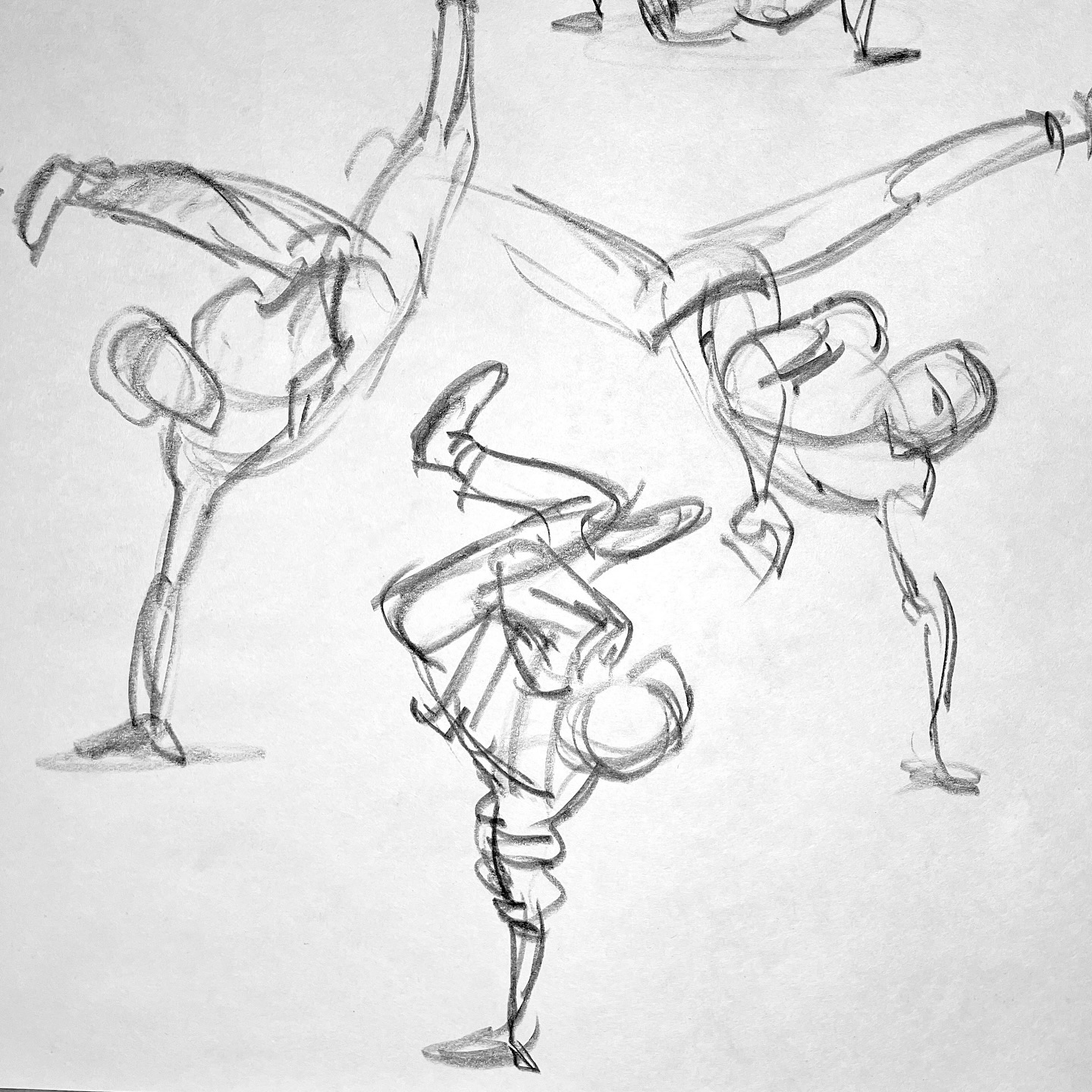
source @gilliangestures
Gesture drawing is an essential practice for capturing movement, energy, and human anatomy. It involves sketching quick, loose representations of figures in motion, focusing on posture and fluidity rather than detailed accuracy. This technique is widely used in animation and character design. A sketchpad with smooth, high-quality paper makes gesture drawing easier, allowing your pencil to glide effortlessly across the surface. Start with short, 30-second sketches before gradually increasing your drawing time. Gesture drawing helps build confidence in figure proportions and improves your ability to depict dynamic poses.
19. Zentangle Patterns
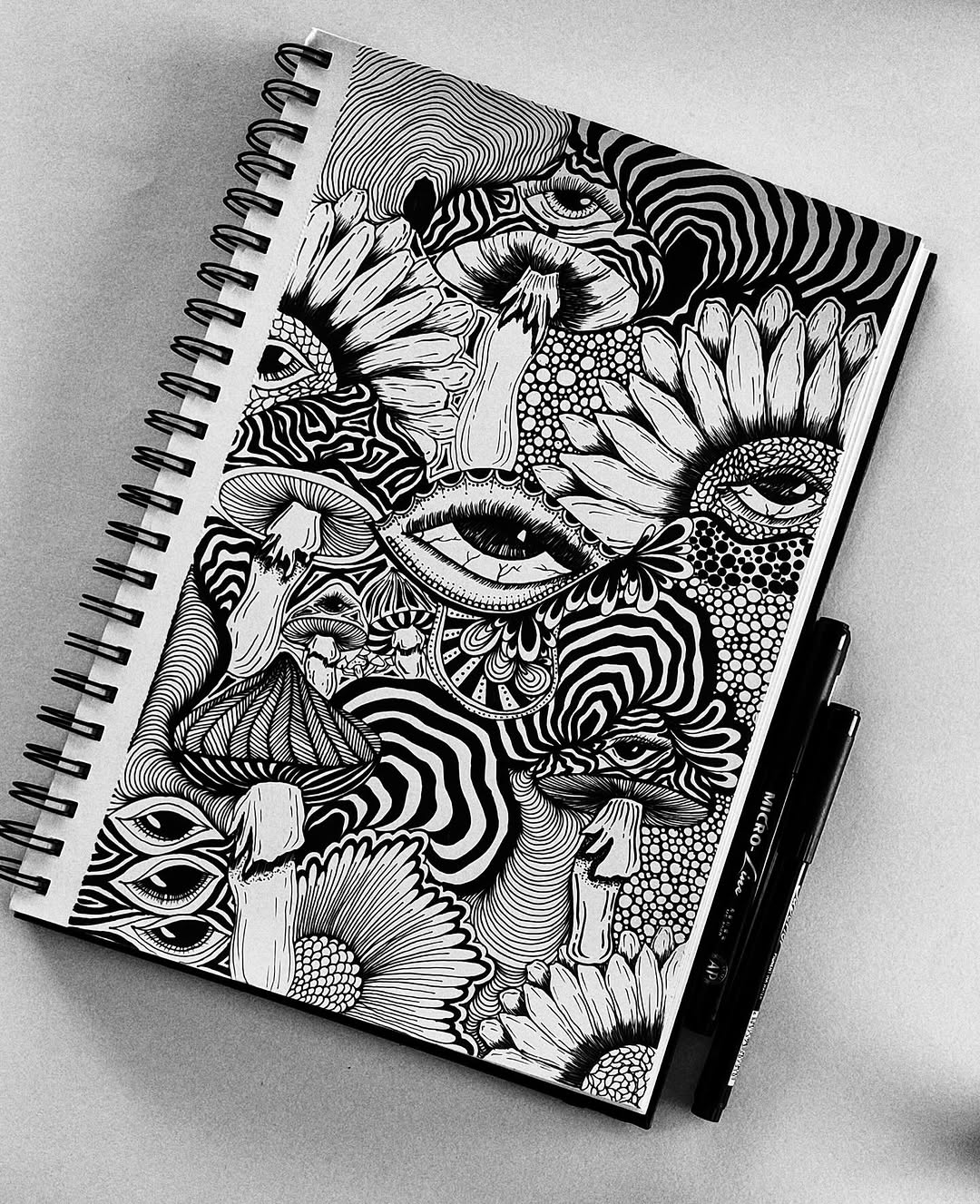
source @zentangledaily_
Zentangle art is a meditative drawing style that consists of repeating structured patterns, often forming intricate and visually captivating designs. This technique is great for relaxation, as it allows you to focus on repetitive movements without worrying about the final result. Using fine-tip black pens, you can create detailed compositions filled with swirls, dots, geometric shapes, and organic patterns. Zentangle art can be as simple or elaborate as you like, making it perfect for both beginners and experienced artists.
20. Space and Galaxy Art
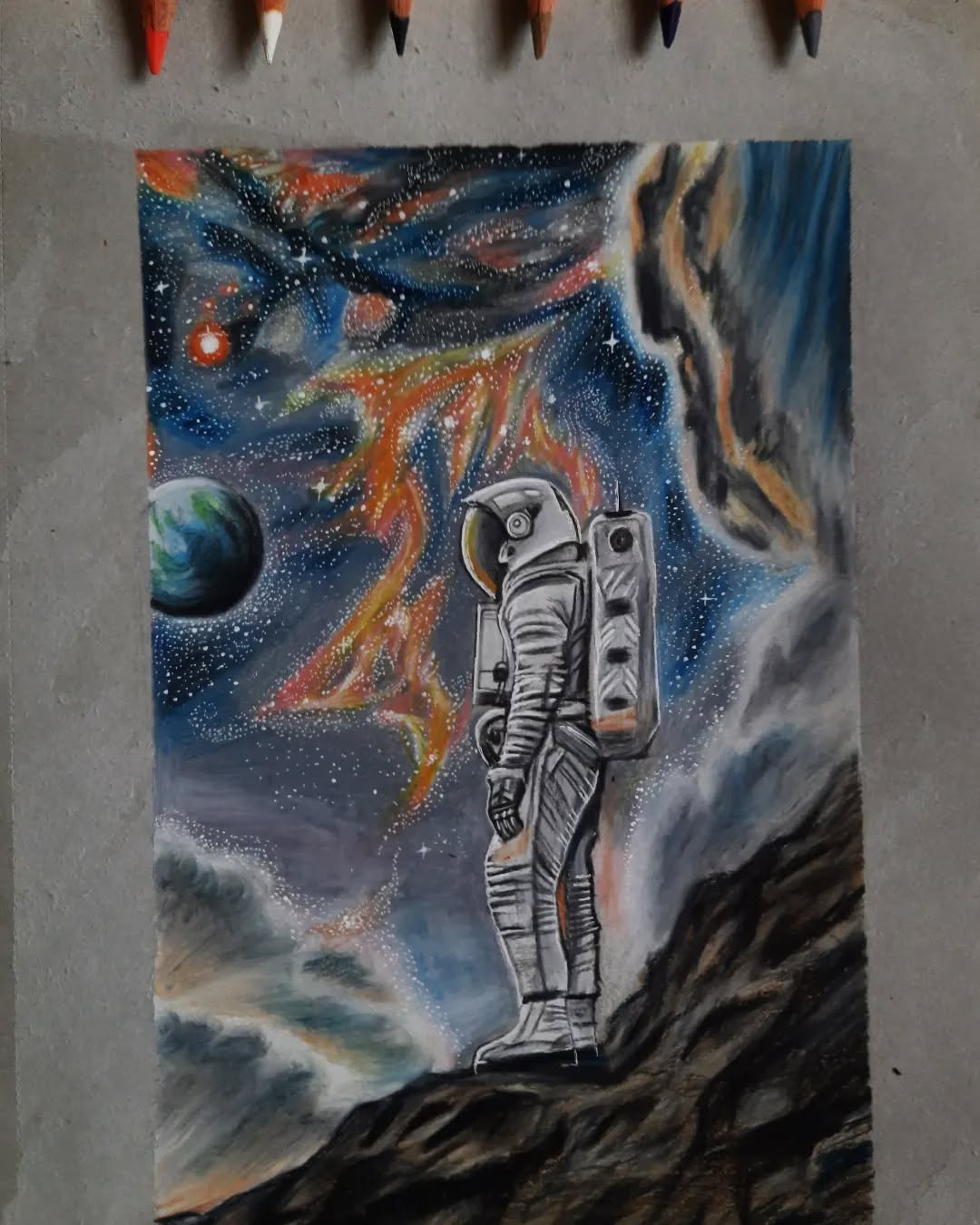
source @muruganarts_
Drawing space scenes, with swirling galaxies, luminous planets, and twinkling stars, is both mesmerizing and educational. This type of art allows you to explore blending techniques and vibrant color transitions. A set of soft pastels or watercolor paints helps achieve the dreamy, atmospheric effects of a cosmic scene. Start with a dark background, then layer in bursts of color to create nebulae, shooting stars, and distant planets. This style is great for experimenting with light effects and contrasting hues, resulting in breathtaking celestial artwork.
21. Architectural Sketches
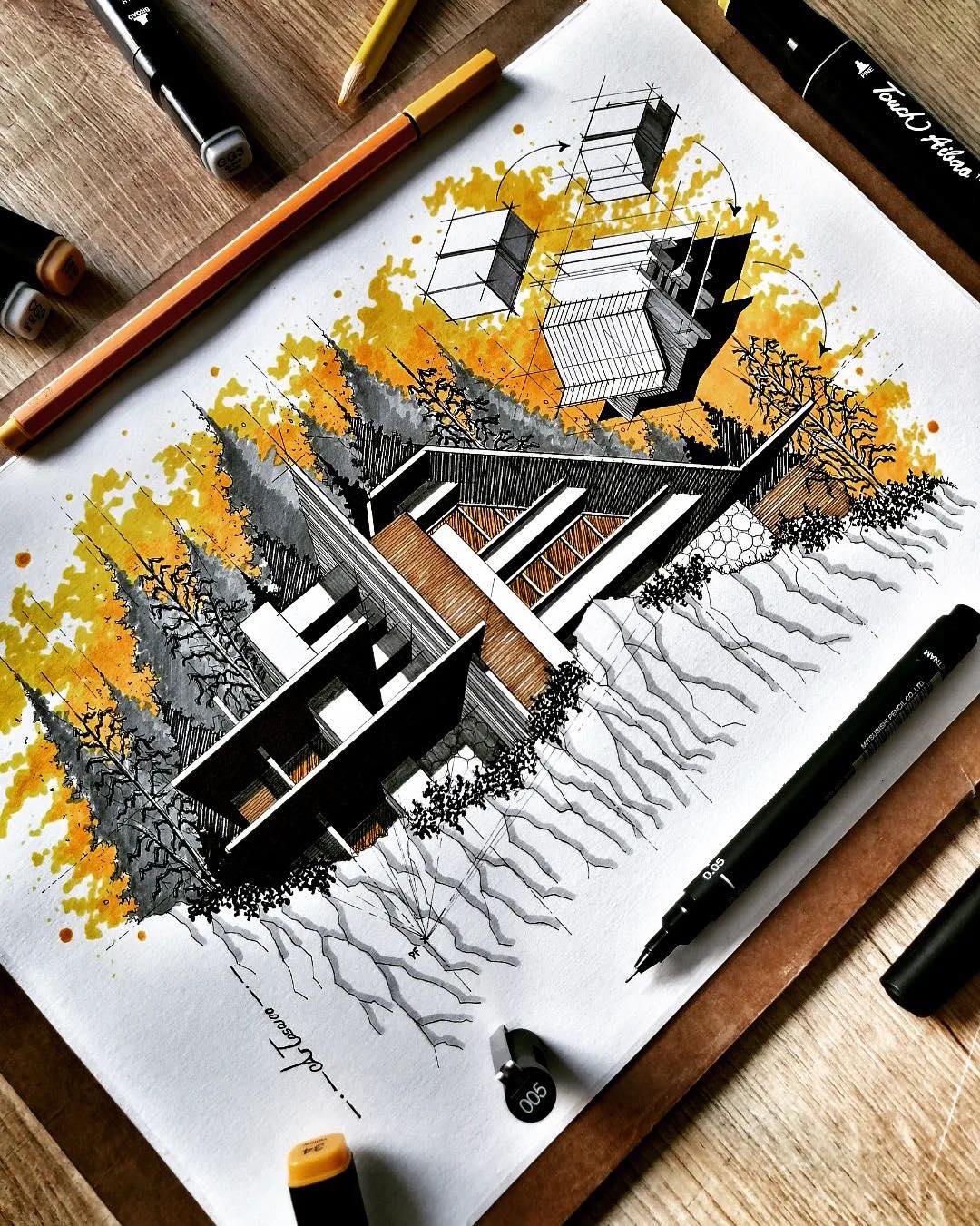
source @arch_more
If you enjoy intricate details and precision, architectural sketching is a fantastic drawing challenge. Whether sketching historical buildings, futuristic cityscapes, or cozy cottages, this style hones your perspective skills and appreciation for design. A set of technical drawing pens ensures clean, crisp lines, while graphite pencils help with shading and depth. Architectural drawing can be done in a loose, sketchy style or in a highly detailed, blueprint-like format. This practice trains your eye to observe proportions and structural elements more critically.

